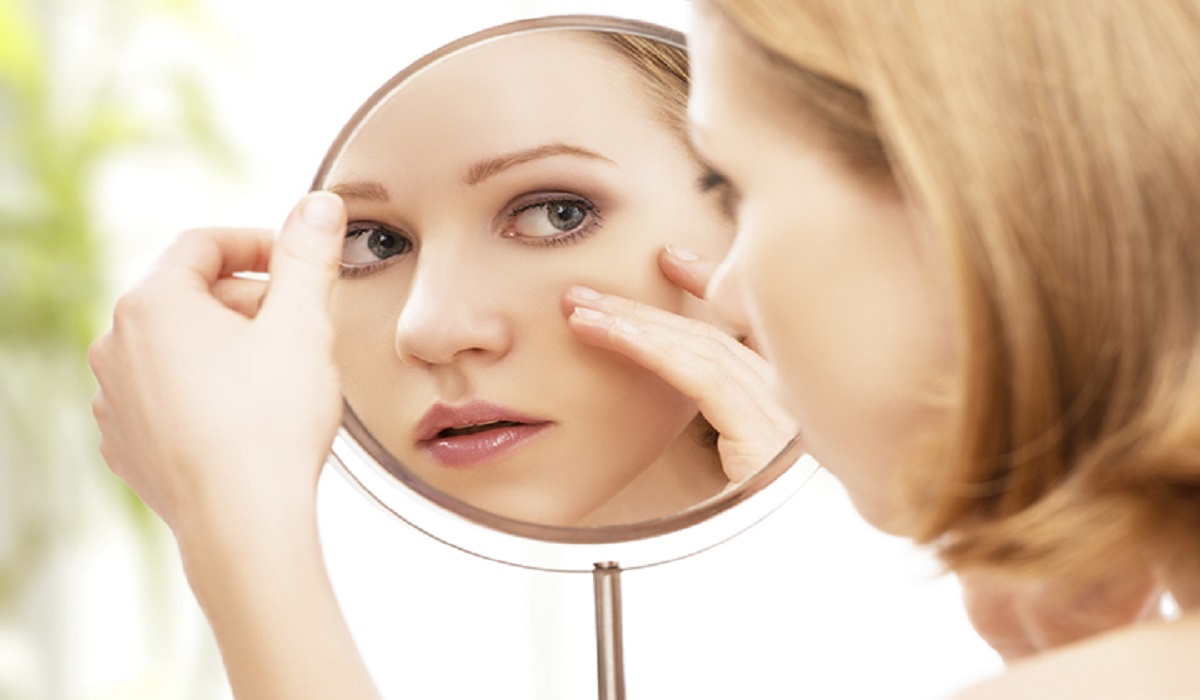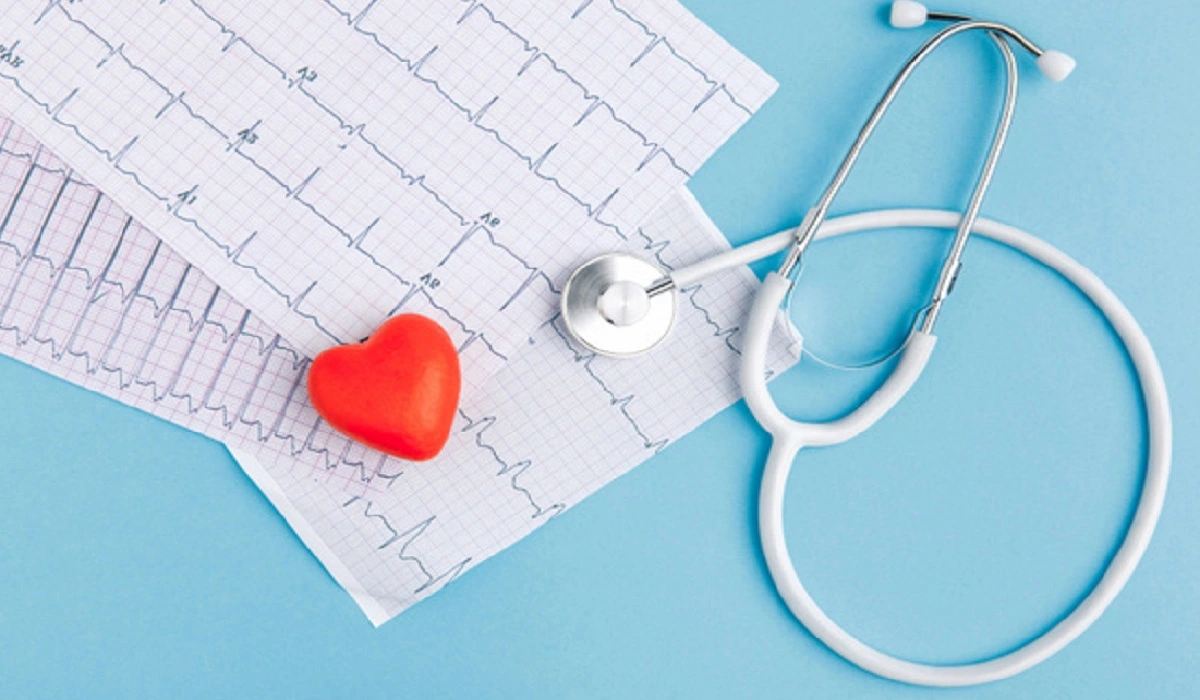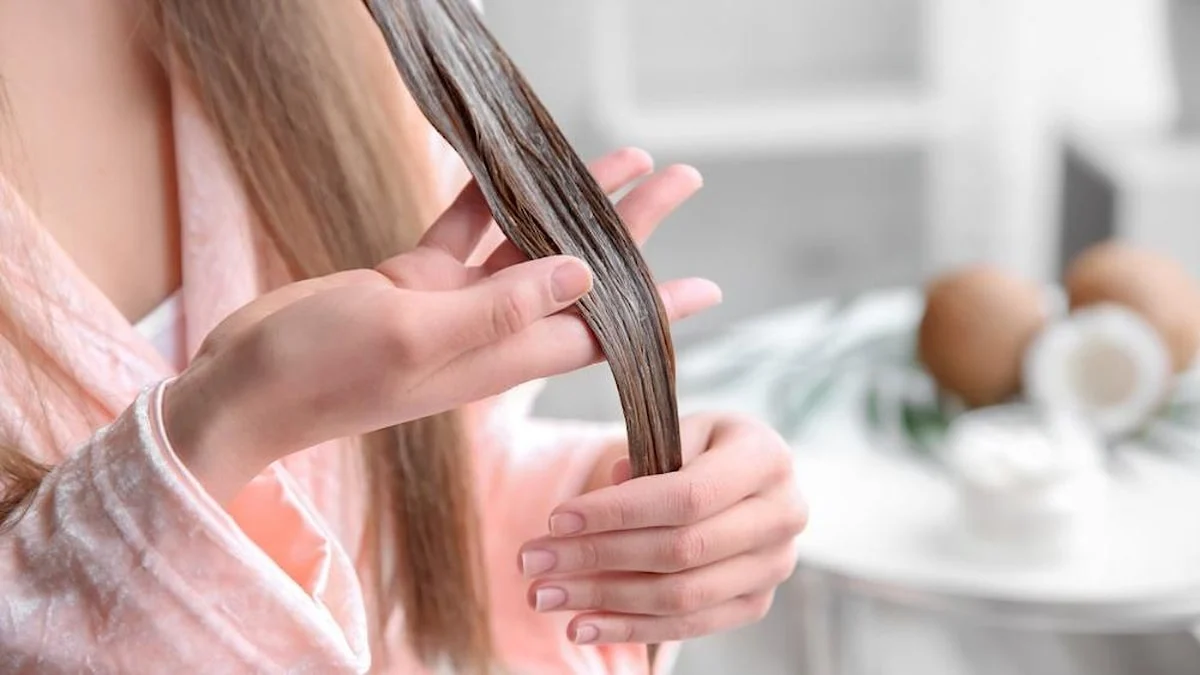
Eyebrows play a significant role in framing the face and enhancing our overall appearance. Whether you prefer a natural or bold look, using an eyebrow pencil can help you achieve perfectly defined brows. However, selecting the right shade of eyebrow pencil can be a daunting task, as it can make or break your entire makeup look. In this article, we will guide you through the process of choosing the ideal shade of eyebrow pencil that complements your hair color, skin tone, and personal preferences. From understanding undertones to considering intensity, we will equip you with the knowledge to achieve flawlessly sculpted brows.
Analyze Your Hair Color:
When choosing an eyebrow pencil, the first step is to analyze your natural hair color or the color you dye your hair. Match your eyebrow pencil shade to the closest color or undertone of your hair for a harmonious and balanced look. If you have light hair, opt for a shade that is one to two shades darker. For dark hair, choose a pencil that is one to two shades lighter. This will ensure your brows look natural and complement your overall hair color.
Consider Your Skin Tone:
Your skin tone plays a crucial role in determining the most flattering shade of eyebrow pencil. Different undertones, such as warm, cool, or neutral, should be considered to achieve a cohesive and polished look.
For Warm Undertones: If you have warm undertones with hints of yellow, peach, or golden hues in your skin, opt for eyebrow pencils with warm tones. Look for shades that have a slight reddish or bronze undertone to complement your warm complexion.
For Cool Undertones: If your skin has cool undertones with hints of pink or blue, choose an eyebrow pencil with cool tones. Look for shades that have a slightly ashy or taupe undertone to mimic the natural color of cool-toned hair.
For Neutral Undertones: If you have a neutral undertone, you have the flexibility to choose a variety of shades. Experiment with both warm and cool tones to find the shade that enhances your brows and balances your overall look.
Evaluate the Intensity:
The intensity of the eyebrow pencil refers to its level of darkness or lightness. Consider the intensity that suits your desired eyebrow look and the occasion.
Natural and Soft Look: If you prefer a natural and soft brow look, choose a pencil with a lighter intensity. Opt for a shade that is closer to your natural hair color or one shade darker for added definition.
Bold and Defined Look: For a more dramatic and defined brow, select an eyebrow pencil with a higher intensity. Choose a shade that is one to two shades darker than your hair color for a striking effect.
Test Before Committing:
Before purchasing an eyebrow pencil, it is crucial to test the shade on your skin or hair. Many beauty stores provide testers or samples for you to swatch and evaluate. Test the pencil on the back of your hand or along your brow area to see how it blends with your natural hair color and complements your skin tone. Take a step back, evaluate the color in different lighting conditions, and make an informed decision based on the results.
Seek Professional Advice:
If you find it challenging to determine the right shade on your own, consider seeking professional advice. Makeup artists or beauty consultants can provide valuable guidance and expertise in selecting the perfect eyebrow pencil shade. They can assess your hair color, skin tone, and desired brow look to recommend the most suitable shade that enhances your features.

Experiment and Customize:
Remember that choosing the right eyebrow pencil shade is a personal preference. It may require some trial and error to find the perfect match. Don’t beafraid to experiment and customize your eyebrow shade. You can mix different shades or use multiple pencils to achieve your desired look. For example, you can use a lighter shade at the beginning of your brows and gradually transition to a darker shade towards the tail for a more gradient effect. Customizing your shade allows you to tailor your eyebrows to your unique facial features and personal style.
Consider Hair Color Changes:
If you frequently change your hair color, it’s essential to adjust your eyebrow pencil shade accordingly. When dyeing your hair, take into account how the new color will affect the overall balance of your brows. If you transition from a light to a dark hair color, you may need to switch to a slightly darker eyebrow pencil to maintain harmony. Similarly, if you go from dark to light hair, opting for a slightly lighter shade will ensure your brows don’t appear too harsh.
Maintenance and Longevity:
Consider the longevity and maintenance requirements of different eyebrow pencil formulas. Some pencils may be more smudge-proof or long-lasting than others. If you have oily skin or tend to sweat throughout the day, opt for a waterproof or long-wearing formula that can withstand humidity and maintain its color and shape for extended periods.
Seek Inspiration:
If you’re unsure about the ideal eyebrow pencil shade for your features, seek inspiration from celebrities, beauty influencers, or professional makeup artists. Look for individuals who have similar hair color, skin tone, and brow shape as you do. Analyze their eyebrow looks and take note of the shades that complement their features. However, keep in mind that what works for someone else may not necessarily work for you, so always trust your own judgment and preferences.
Practice and Refine:
Choosing the right eyebrow pencil shade may require some practice and refinement. It’s essential to develop your skills in applying and blending the pencil to achieve a natural and polished look. Experiment with different techniques, such as feathering or light strokes, to mimic the appearance of natural brow hairs. Practice regularly to enhance your eyebrow application skills and achieve consistent results.
Selecting the right shade of eyebrow pencil is a crucial step in achieving perfectly defined and flattering brows. By considering your hair color, skin tone, intensity preferences, and experimenting with different shades, you can find the perfect match that enhances your overall appearance. Remember to test shades before committing, seek professional advice if needed, and customize your shade to suit your unique features. With practice and patience, you’ll be able to master the art of choosing the right shade of eyebrow pencil and achieve brows that frame your face beautifully.








